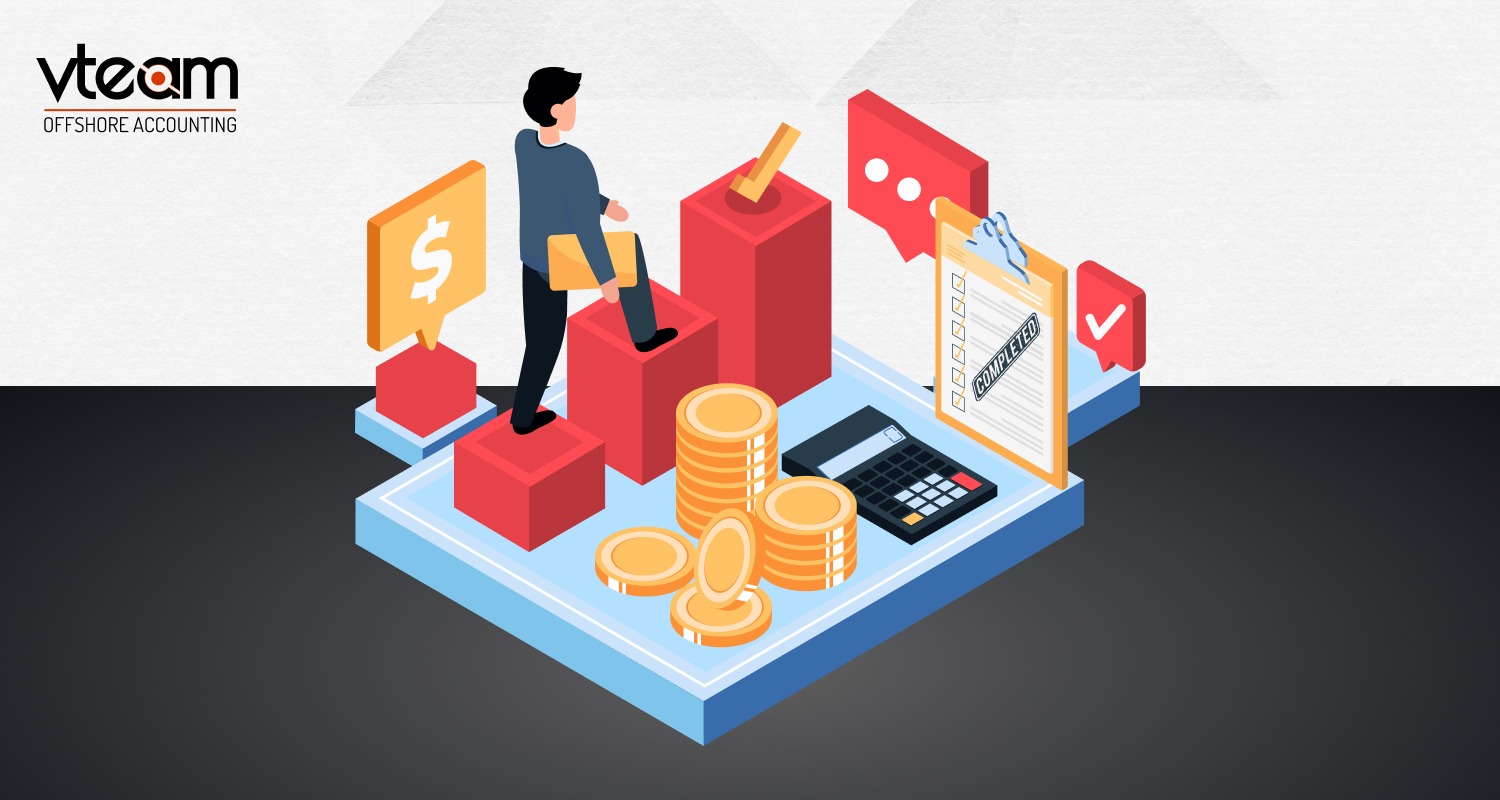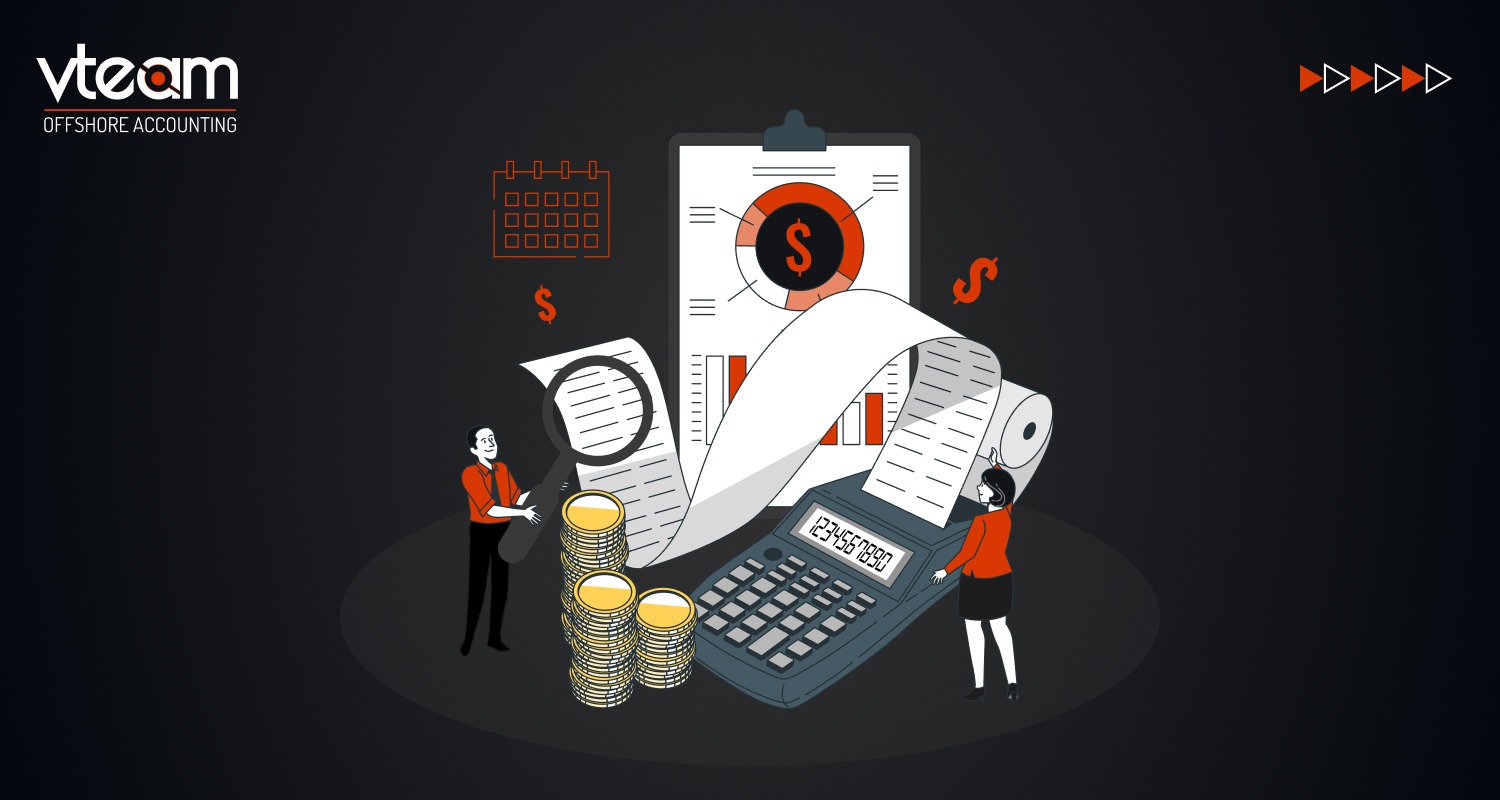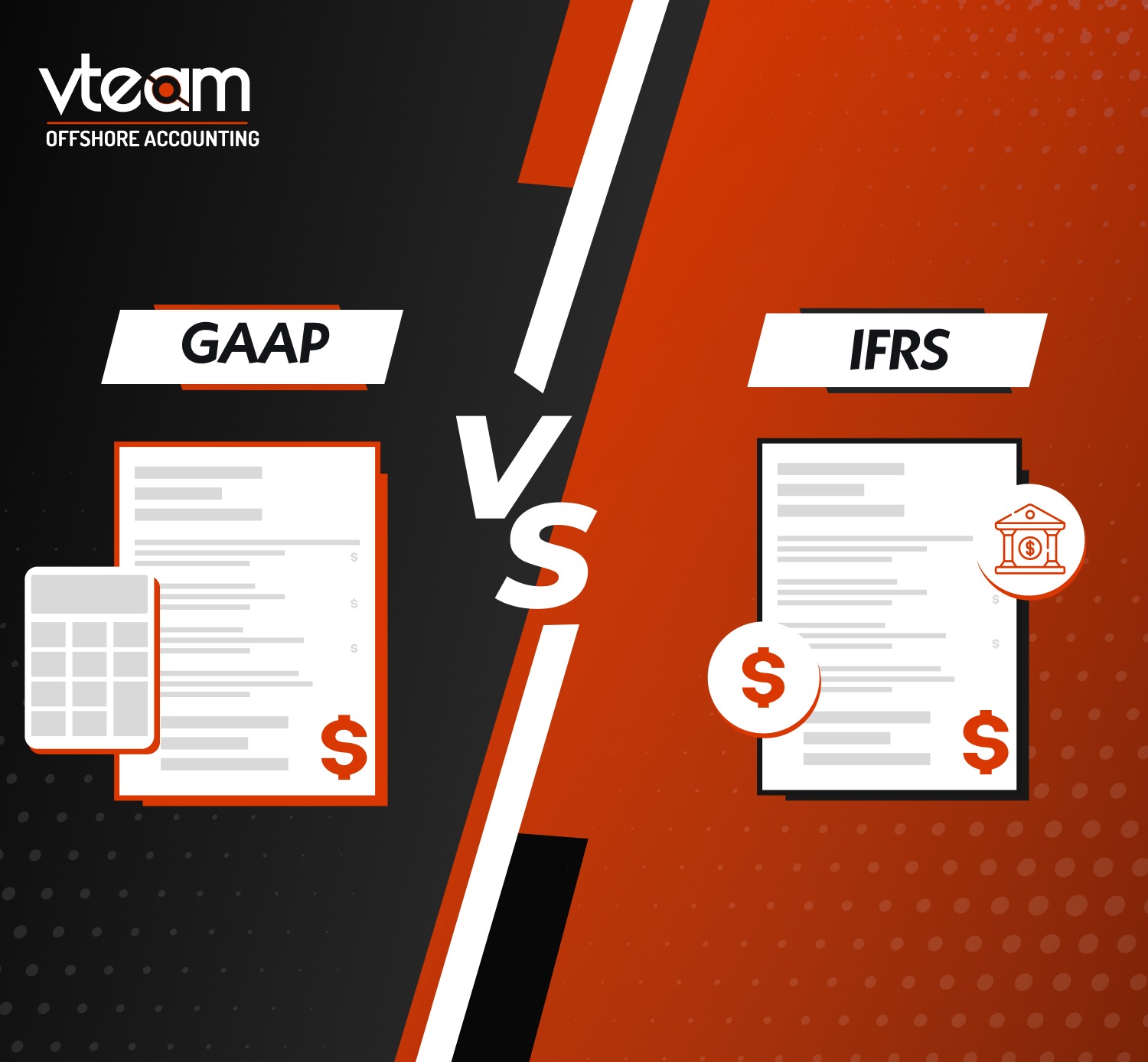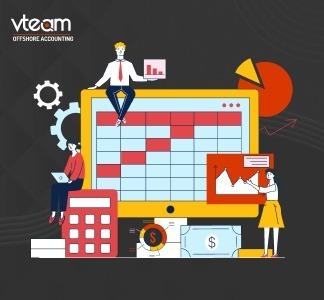In the finance world companies often find themselves at the crossroads of accounting standards. This blog post explores the step-by-step checklist for converting financial statements from Generally Accepted Accounting Principles (GAAP) to International Financial Reporting Standards (IFRS).
Understanding GAAP and IFRS Differences
In delving into the differences between GAAP and IFRS, it’s crucial to recognize the distinct principles governing each set of standards. GAAP, primarily used in the United States, is rule-based, providing detailed guidelines for various transactions. On the other hand, IFRS, adopted by many countries globally, is principle-based, offering a more conceptual framework.
Understanding these foundational differences sets the stage for a comprehensive GAAP to IFRS conversion. Key divergences often include revenue recognition, lease accounting, and the treatment of intangible assets. Navigating through these disparities ensures that the conversion process is tailored to the specific nuances of each standard.
Preparing for Conversion
Preparing for GAAP to IFRS conversion is akin to laying the foundation for a successful financial transformation. Establishing a dedicated conversion team with cross-functional expertise is paramount. This team should include accountants, financial analysts, and IT specialists to address the multifaceted aspects of the conversion.
Defining clear roles and responsibilities within the team ensures a streamlined process. Furthermore, setting realistic timelines and goals is essential for managing expectations and avoiding unnecessary disruptions to day-to-day business operations. A well-prepared conversion team is better equipped to handle the intricacies that may arise during the transition.
Gathering Necessary Data
Successful GAAP to IFRS conversion relies heavily on the accuracy and completeness of the data collected. Identifying which financial statements require conversion and ensuring the availability of historical financial data are critical initial steps.
In addition, a detailed analysis of existing accounting policies and practices under GAAP is necessary. This includes scrutinizing areas such as revenue recognition, valuation of assets, and treatment of liabilities. Gathering this comprehensive dataset forms the backbone for subsequent mapping and conversion activities.
Mapping GAAP to IFRS
Mapping GAAP to IFRS involves creating a detailed document that outlines the correspondence between specific GAAP and IFRS standards. This mapping exercise is intricate, requiring a granular understanding of both sets of accounting principles.
Identifying similarities and differences is a nuanced process. Certain GAAP principles may have direct counterparts in IFRS, while others may necessitate adjustments or reclassifications. The mapping document serves as a guide for the subsequent conversion process, ensuring a methodical and accurate transition from one set of standards to another.
Also Read : GAAP Vs. IFRS: What’s The Difference?
Assessing Impact on Financial Statements
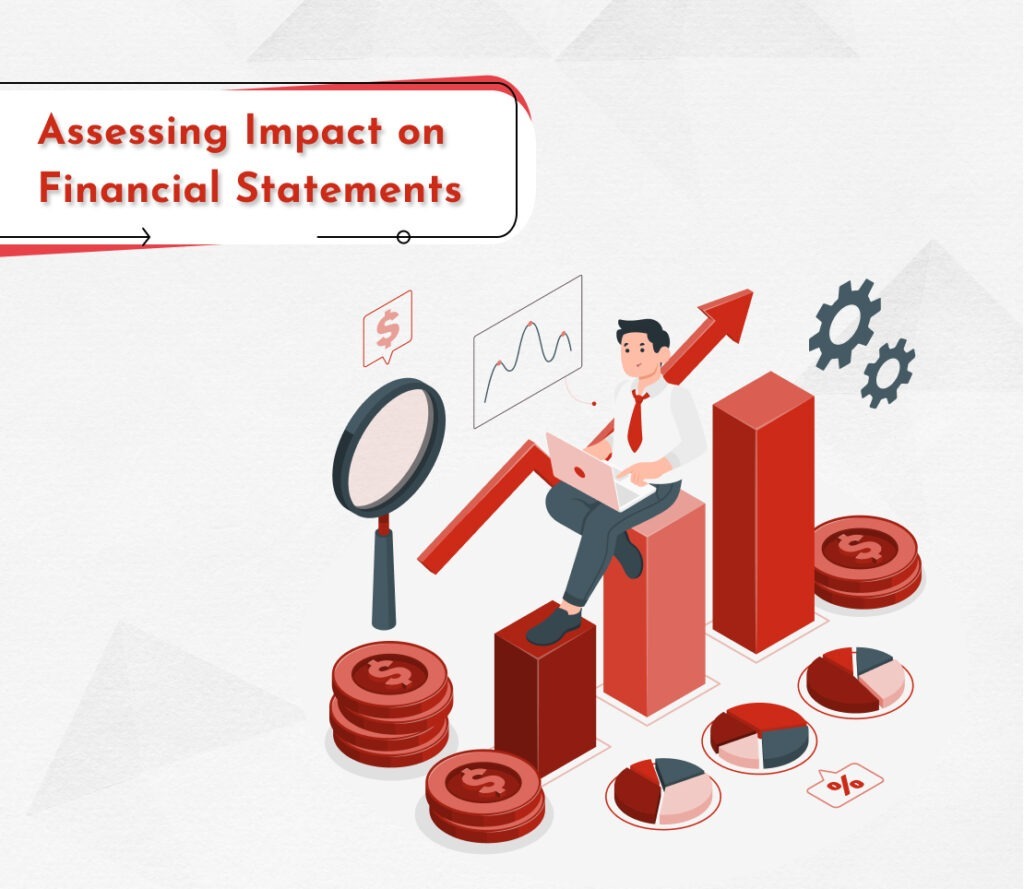
Assessing the impact of GAAP to IFRS conversion on financial statements is a critical step in managing expectations and facilitating informed decision-making. This involves a thorough analysis of how the conversion will affect balance sheets, income statements, and cash flow statements.
Potential changes in areas such as revenue recognition, impairment of assets, and financial instrument valuation must be carefully evaluated. Moreover, engaging in consultations with key stakeholders, including investors and regulatory bodies, ensures transparency and alignment with external expectations. The insights gained during this assessment phase guide subsequent implementation strategies and help mitigate potential challenges in the conversion process.
Implementing Changes
Implementing changes is a pivotal phase in the GAAP to IFRS conversion process, requiring a strategic and well-coordinated approach. This involves updating accounting policies and procedures to align with IFRS standards. Comprehensive training programs for staff are imperative to ensure a smooth transition and adherence to the new principles.
Integration with financial reporting systems is a critical aspect of implementation. This may involve modifications or upgrades to existing systems to accommodate the nuances of IFRS. Collaboration between the conversion team and IT specialists is key to address any technical challenges and ensure the accurate reflection of financial data under the new standards.
Effective implementation not only ensures compliance but also sets the stage for seamless financial reporting under IFRS.
Testing and Quality Assurance
Rigorous testing and quality assurance are essential components of the GAAP to IFRS conversion process. This phase involves thoroughly scrutinizing the converted financial statements to identify and rectify any discrepancies or errors. Testing encompasses various scenarios, including stress testing for complex transactions and ensuring the accuracy of data migration.
Quality assurance procedures should be comprehensive, covering all aspects of financial reporting impacted by the conversion. This phase is crucial for instilling confidence in the accuracy and reliability of the financial information produced under the new IFRS standards.
A meticulous approach to testing and quality assurance contributes significantly to the overall success of the conversion process.
Communication and Disclosure
Transparent communication and disclosure are paramount during and after the GAAP to IFRS conversion. Stakeholders, including investors, regulatory bodies, and employees, need to be informed about the transition and its implications. Clear communication helps manage expectations and fosters a sense of confidence in the company’s financial reporting.
Disclosure requirements under IFRS standards should be diligently followed, providing a detailed account of the impact on financial statements and key financial metrics. This information should be accessible in financial statements, annual reports, and any other relevant corporate communications.
Engaging in proactive communication and transparent disclosure establishes a foundation of trust with stakeholders, mitigating concerns and ensuring a smooth transition.
Monitoring and Continuous Improvement
Post-conversion, monitoring and continuous improvement are integral to sustaining compliance with IFRS standards. Establishing a robust monitoring process involves regularly reviewing financial statements, internal controls, and compliance procedures to identify and address any emerging issues.
Continuous improvement initiatives should focus on refining IFRS compliance and reporting processes. This may involve incorporating lessons learned from the conversion, staying abreast of updates to IFRS standards, and adapting to evolving business and regulatory environments.
A proactive and adaptive approach to monitoring and continuous improvement ensures that the company not only meets current IFRS requirements but also remains agile in addressing future challenges in the dynamic landscape of international accounting standards.
Conclusion
The journey from GAAP to IFRS is a meticulous process requiring careful planning and execution. By following this comprehensive step-by-step checklist, businesses can navigate the complexities of IFRS accounting standards, ensuring a successful and compliant transition. For professional assistance in GAAP services and IFRS conversion, companies are encouraged to seek expert guidance for a smooth financial transformation.
